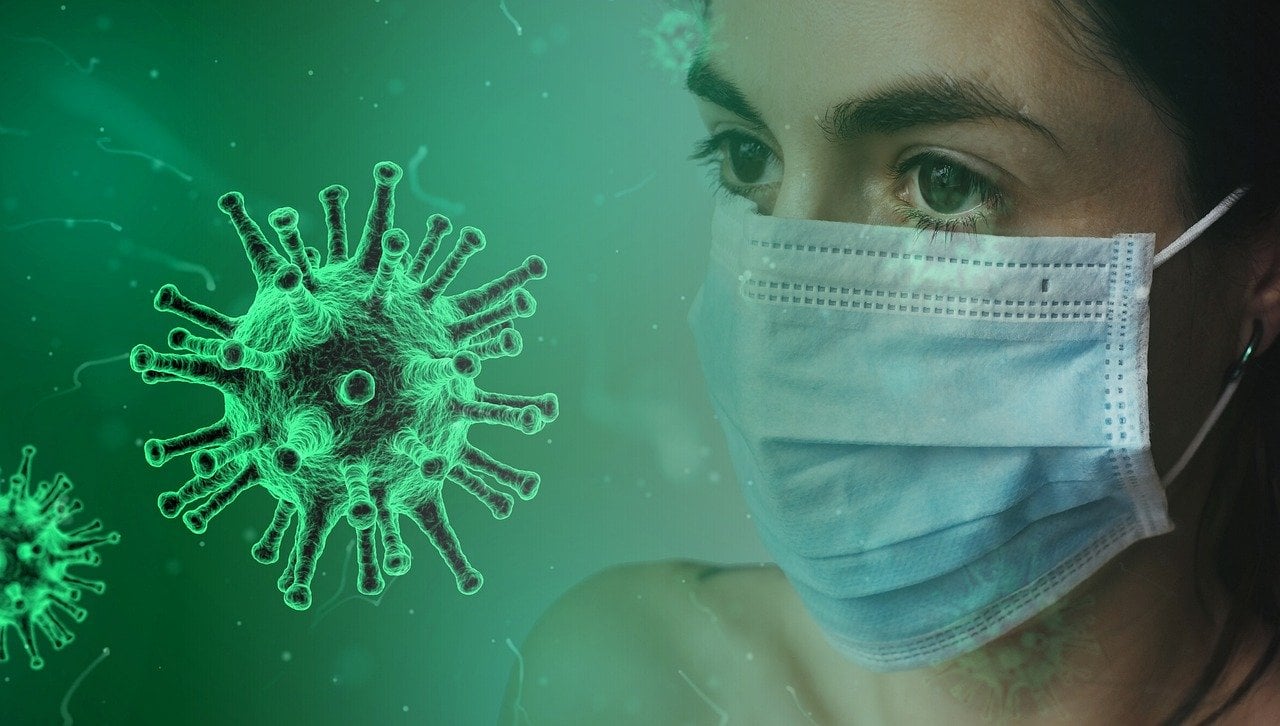Things are starting to get back to normal in China, but concerns about a second wave of COVID-19 are worsening. Some have said the second wave of COVID-19 has already begun in the form of imported cases, although others fear a potentially more lethal source of a second wave. Scientists are concerned that as people return to work, there could be a second wave of new cases of the coronavirus.
Q4 2019 hedge fund letters, conferences and more
China returns to work amid fears of second wave of COVID-19
In a note today, Jefferies Greed and Fear analyst Christopher Wood reported that China is expected to be operating at 70% to 80% of production capacity by the end of the month. That is a big positive in that it means the nation is getting back to normal, and production is resuming. However, as the Chinese public returns to work, the risk of a second wave of COVID-19 in China is important to consider.
Wood said they're giving Beijing "the benefit of the doubt in terms of managing this, and if anybody can pull this exercise off, it is the PRC." He added that the number of new cases in mainland China has fallen from 3,887 on Feb. 4 to just 13 on Tuesday.
Today China passed a major milestone as it has gone a day without reporting any new domestic cases. All of the new cases being identified in China have been travelers who came from outside the country. This is the first time since the initial outbreak in Wuhan that the nation has reported no new domestic cases.
China is reporting 34 new cases for Wednesday, and all of them recently came to the country from overseas. In Hubei province, the epicenter of the original outbreak, there wasn't a single new case on Wednesday.
China as a test case
The world is watching as China returns to work because the nation will serve as a test case for when other countries ease their pandemic-related restrictions. Infectious disease experts say the steps Beijing took to reign in the spread of the virus were successful in keeping it from spreading throughout the rest of the country.
However, when those measures are over, there's a chance that people with the infection will start infecting others again. Less than 1% of the Chinese population was infected in the first wave of the coronavirus, which leaves most Chinese vulnerable to the second wave. Some experts believe the pandemic will not be contained until there is a vaccine or most of the world's population has been infected.
If a second wave of COVID-19 is triggered when people in China start returning to work, it will be a major red flag for other countries. Concerns about a second wave of COVID-19 are certainly warranted based on trends observed in other pandemics.
Epidemiologists are also concerned about a second wave of COVID-19 because of the nature of this strain of the coronavirus. It's extremely difficult to detect and lasts longer than the coronavirus strain that caused severe acute respiratory syndrome (SARS) in 2003, which only infected 8,000 people. This will make it more difficult to prevent additional waves of the current pandemic.
What's next in a second wave of COVID-19?
It's also unclear how the coronavirus will behave when the pandemic is over. It could ultimately disappear, or it could last and become a seasonal illness like the flu, becoming prevalent on a regular basis. COVID-19 could also become like illnesses that infect people who don't have enough immunity and then spread it to others.
Researchers have also told news outlets that this novel strain of the coronavirus simply spreads more easily than previous strains. Most say it probably won't be eliminated like the variant that caused SARS. The problem is that people who have been infected are already infecting others before they even know they have COVID-19. Additionally, some patients will test negative for the coronavirus in the early stages.
For now, researchers and epidemiologists are watching and waiting to see how bad a second wave of COVID-19 will be.





